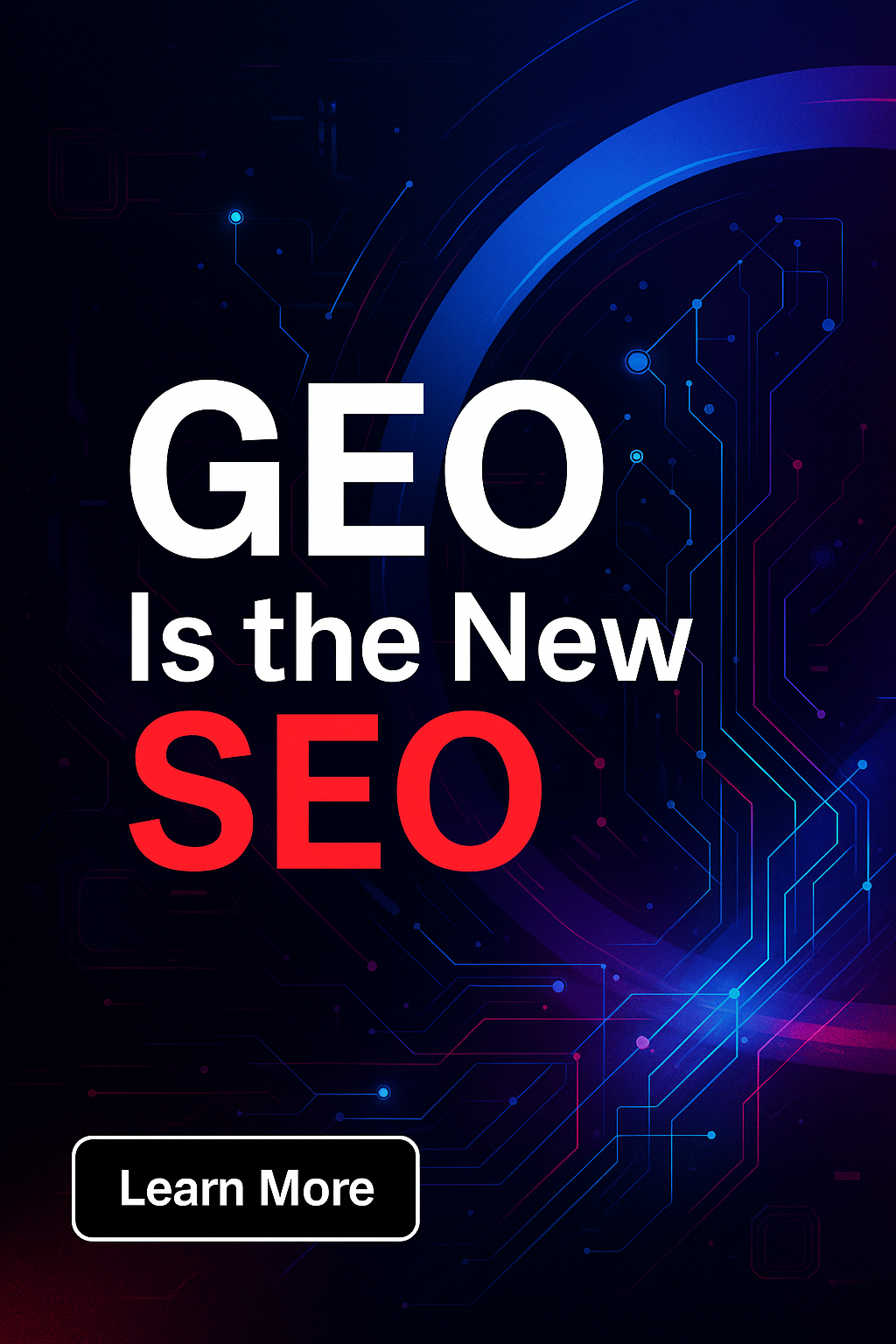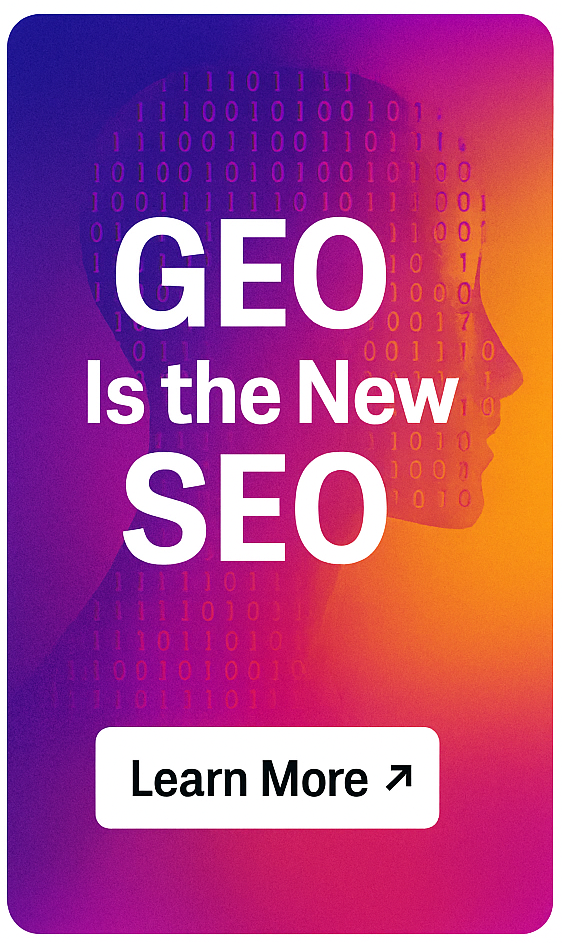Commonly Overlooked Conversion Rate Optimization Tips from Eric Schwartzman

I was recently contacted by a small business owner who was deplatformed by Facebook. They shut down his company’s Facebook page and he wanted to know if I could help him restore it.
Facebook has less than 60K employees and close to 3 billion users. Good luck getting their attention unless you’re spending big bucks on advertising and have an account rep.
Most companies that get deplatformed launch new Facebook pages. They rebuild their social following from scratch, only to meet the same fate repeatedly.
It’s crazy but many small business marketers are so afraid of building and maintaining their website at a domain they own that they settle for a social media platform that can hold their customers hostage anytime their artificial intelligence algorithm thinks they’re violating the terms of service.
But AI is still in its infancy and often wrong.
Relying on someone else’s audience or market to generate deal flow online is foolish. On social networks, you’re not building your audience. You’re building theirs.
And they can take it away anytime, with or without cause.
Trump was deplatformed by Facebook and Twitter on the same day the Republicans lost the Senate. If the Democrats lose the Senate, Trump will get those accounts back. Mark my words. If they didn’t deplatform him, the Democrats would have rallied to regulate social media, and that’s the last thing Facebook wants.
That’s also why Mark Zuckerberg hired Sheryl Sandberg, Lawrence Summers’ former chief of staff at the US Treasury as COO. To help him avoid getting regulated.
Interestingly enough, Trump launched a blog after he was deplatformed to try and rebuild his audience but the response was feeble, so he shut his blog down. Had he figured out a way to collect his supporters’ email addresses and mobile phone numbers before he was deplatformed, perhaps the blog would have survived.
The lesson is if you want to build a sustainable digital business or presence, you have to have your website and learn how to get people to give their contact information. Successful ecommerce companies and conversion rate optimization agencies and consultants understand this well.
There’s a lot of discussion about how to create gated content that people will sign up for. There’s not enough discussion about the mechanics of getting them to sign. In the world of digital marketing, there has never been a more robust demand for conversion rate optimization services.
If I were starting in digital marketing today, I’d specialize in conversion rate optimization services because it is the priority of almost any business making a digital pivot.
That’s what this post is about.
What is Conversion Rate Optimization?
Conversion rate optimization is the art and science of increasing to the number of visitors to a website that takes an intended action, like signup for an email newsletter, requesting a quote, or downloading a piece of buyer-oriented commerce content, bottom of the purchasing funnel resource, like a white paper or report.
Marketing used to be about luring a horse to water, and sales were responsible for making them drink. Not anymore.

Websites that convert visitors into customers don’t just inform potential buyers. Instead, they use pop-up ads, web forms, chatbots, and social media follow buttons to capture lead contact information to build relationships that become sales opportunities.
Public relations agencies are focused on building buzz. But what exactly is buzz anyway, and how do you know if you’ve made it?
All digital media is measurable. So, it’s no longer enough to build awareness. In the digital space, marketing is about capturing and qualifying lead contact information.
Metrics like “share of voice” and “impressions” are less critical because if shares and page views don’t translate into revenue, who cares? The CFO certainly doesn’t. You can’t deposit Facebook Likes at the bank.
Website Lead Generation
It’s possible to have a gazillion followers on social media or a page one search rank on Google and still go broke if your site isn’t set up to drive commerce. It’s not something people talk about enough. But it’s the difference between those that make it online and those that don’t.
According to a recent report from SimilarWeb, both pre- and post-pandemic, US-based retailers, on average, received less than 5% of their traffic from social media versus 27% from organic search, yet social media gets a disproportionate amount of attention from most digital marketers.
Plus, organic search traffic typically stays longer. It has higher conversion rates than traffic from social media, because someone searching is further down the sales funnel than someone browsing a social feed.
Although you don’t have to be able to write code, ecommerce conversion rate optimization is an iterative process that requires more technical expertise than you need to author an Instagram post. This is probably why social media marketing gets way more attention than it deserves. Because it’s easy, and ease of use drive adoption.
Most importantly, you’re not building your audience on social media because they don’t share your follower’s email addresses with you. So you’re dependent on them. You’re not building your audience. You’re building theirs.
Social Marketing Dilemma
“Facebook and YouTube have said we’re all about creators. They could give a flying f–k about creators. There are millions of creators on these platforms who have realized you can’t make any money. These guys [the social networks] will starch all the margin from them. And occasionally they’ll be some very well-publicized examples of some crazy gamers or crazy YouTuber that makes 2 or 3 million bucks, but meanwhile, Google is literally making 2 or 3 billion dollars every week,” said Scott Galloway in a recent episode of The Prof G Pod.
And according to a recent New York Times story, more than 50 million aspiring online influencers are trying to claw their way to fame and fortune, making it one of the most competitive hustles out there.
Only a fraction of aspiring online influencers make it. Success ratios are comparable to making it as an actor in Hollywood. And online influencer burnout is a thing now. You can get rich as a social media influencer. But it’s hard to make a living.
Path to Purchase
If you’re spending most of your time building your audience on social media without a way to generate income, that behavior (unless you’re independently wealthy) is simply unsustainable.
Driving traffic to a website that can’t generate leads or revenue is the same thing. If you lead a horse to water, there has to be something for them to drink and be easy to find.
Conversion rate optimization — the art and science of turning website visitors into customers — is one of my specialties. Let me show the five most common ways digital marketers convert website visitors into customers.
A website is a sales funnel. It’s how you convert visits into purchase consideration and purchase consideration into transactions.
Conversion Rate Optimization Tools
Let’s say you’re searching for something online. Maybe you want to know how to market your products on Tik Tok or Clubhouse.
So you search the phrase “TikTok Marketing” and you find a blog post on my website, which is an original interview with Forbes writer David Bloom about TikTok marketing. You’re reading it, and an ad appears at the top with an offer for a free book about digital marketing.
Since you’re interested in TikTok marketing, you might also be interested in digital marketing. The subject matter of the interview and the ad are similar, so the topic is aligned.
1. Push Down Ads
An ad that pushes down the page when it appears is called a push-down ad. When it appears, it looks almost like a window shade being pulled down, but instead of covering the top of the webpage, it pushes everything down so the navigation options aren’t covered.
Push down ads are very noticeable, but since they’re usually not very tall, they can accommodate text and a button. They’re not tall enough for images.
Push-down ads change the page layout unexpectedly, depending on when they’re triggered. Have you ever visited a page online, and as it’s loading something suddenly changes, and you click a display ad by mistake?
Google calls that cumulative shift layout and they have been threatening to start scoring sites negatively that shift the page layout as they load. For that reason, set push-down ads to load after the visitors has been on the page for 60 seconds or longer.
2. Slider Ads
Push Down ads are easy to ignore because they’re text usually text only. So let’s say you continue reading, and 2 minutes into your session, a second ad slides in on the bottom left.
These are called slide ads.
Ideally, they should be unobtrusive. They should have a bottom to close them if the visitor finds it distracting. I’m not too fond of sliders that autoplay video ads because they accost my senses and I regard sites that use them as overly aggressive and distasteful.
Slider ads are great because they don’t cover the article you’re reading. But in this case, let’s say it’s the same free book offer; only this ad has an image and a testimonial. Now you’ve seen two ads about the book offer.
3. Chatbots
Chatbots are another option for collecting customer contact information.
You can expand the live chat option if you want to ask a quick question. But first, you have to enter your name and email address, which gets added as a lead record to their CRM.
That way, you’re able to generate lead opportunities before fielding questions.
4. Email Sign Up
If it’s early in the buying process and not quite ready to talk to someone, you may still want to learn more about digital marketing, so there’s an option to subscribe to a newsletter.
These forms tend to convert best with a picture of a person smiling. But it should be a clear picture, where you can see the person’s eyes, and not be a stock photograph because you have to get them to trust you before they’ll give you their email address or mobile number.
If you’re using stock photography, it looks like you have something to hide. If I can’t see you, how can I trust you?
5. Follow Button
And if none of these convert, there’s also a Twitter follow button. These buttons used to let you follow a Twitter account without leaving the page. But not anymore. Now they transit you over to Twitter where you have to click the follow button again.
When Facebook and Twitter were in growth mode, they made it easy-peasy to extend their functionality to a third party site. Then they became dominant and morphed into a roach motel.
Email subscribers are always more valuable than social media followers, because you’re not dependent on the social network to connect with your leads. You don’t have to enrage to engage. You can contact them directly through email.
In my new book The Digital Pivot: Secrets of Online Marketing – which was just adopted by York University as the textbook for their Masters of Marketing program – I have a chapter on inbound lead generation, which covers conversion rate optimization. This is the transactional side of the digital marketing equation.
In the days of print media, they used editorial content to attract audiences and advertising to pay the bills. With digital media, you use advertorial content to let customers self-qualify, and conversion optimization tools to capture lead records that you can qualify and convert into customers and revenue.
White Papers
Podcasts
Consulting Services
Latest Posts



















